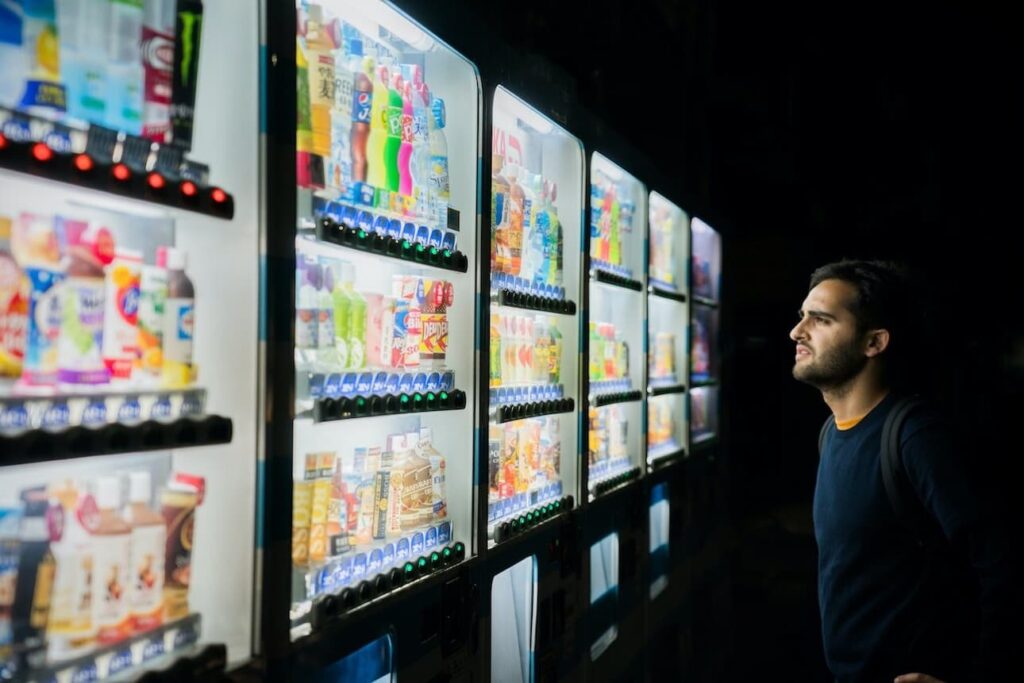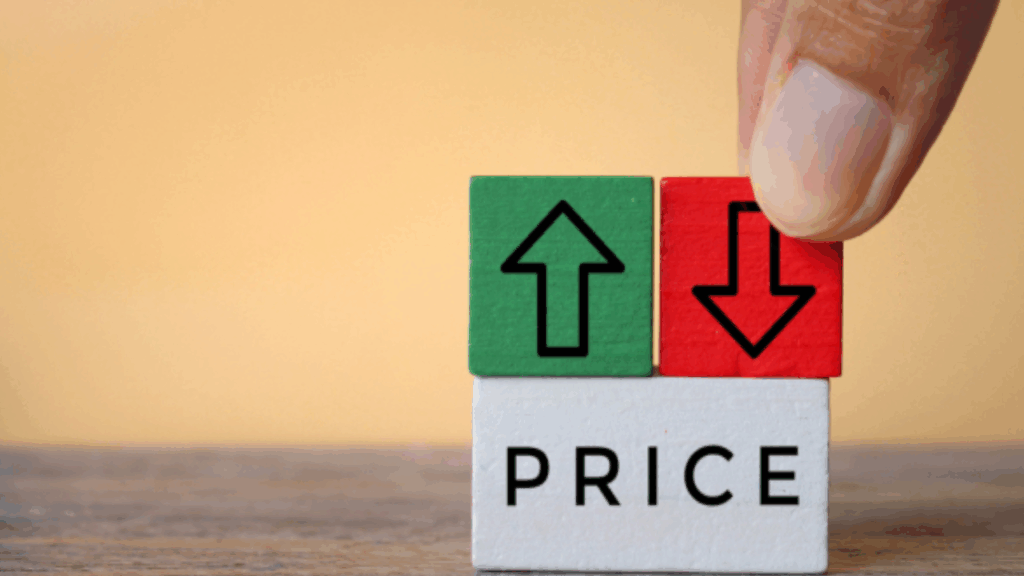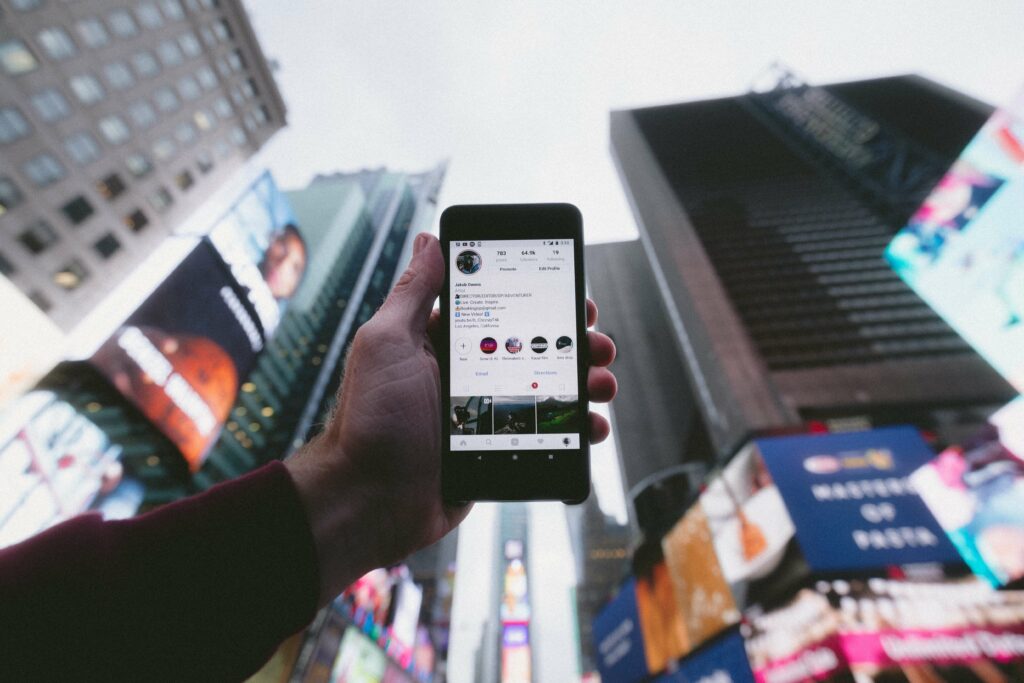Retail activation is a dynamic product marketing strategy that creates memorable, authentic experiences for consumers. Unlike traditional tactics, the best retail activations go beyond ads and in-store displays to engage customers on a personal level.
Why Retail Activation Matters:
- Authentic Engagement: Connects deeply with consumers.
- Memorable Experiences: Fosters loyalty through standout interactions.
- Adapts to Online Trends: Complements e-commerce with interactive product marketing strategies.
Who Benefits from Retail Activation:
Marketers and product leaders looking to implement the best retail activations for stronger customer relationships.
What is Retail Activation?
Retail activation is a marketing strategy that boosts sales and customer engagement in physical retail spaces. It involves interactive, immersive experiences such as product demonstrations, product sampling, and augmented reality that capture shoppers' attention and motivate purchases.
Key Objectives:
- Convert Engagement into Sales: Influence customer decisions at the point of purchase.
- Enhance Brand Loyalty: Create memorable experiences that build emotional connections with customers.
- Stand Out in Crowded Markets: Differentiate the brand through unique, interactive in-store experiences.
Types of Retail Activation:
- Product demonstrations
- Sampling opportunities
- Interactive displays
- Augmented reality experiences
- Live events and performances
Effective retail activation campaigns use storytelling and personalized interactions to leave a lasting impression and drive repeat purchases.
Why is Retail Activation Important?
Retail activation is crucial for brands and retailers because it directly influences consumer behavior and purchase decisions at the point of sale. In today's competitive retail landscape, it's essential to go beyond traditional advertising and create immersive in-store experiences that engage shoppers and drive conversions.
The importance of retail activation lies in its ability to:
- Increase Product Awareness:
Interactive displays, demos, and sampling opportunities allow consumers to physically interact with products, fostering product awareness and encouraging trial.
According to a study by EventTrack, 98% of consumers are more inclined to make a purchase after attending an activation event.
- Differentiate Brands:
By offering unique and memorable experiences, retail activation helps brands stand out from competitors and create a lasting impression on consumers.
- Build Brand Loyalty:
By appealing to consumers' emotions and senses, retail activation fosters deeper connections with the brand. And having a positive emotional experience leads to increased brand loyalty and repeat purchases.
- Drive Impulse Purchases:
Engaging activations can trigger impulse buying decisions by capturing shoppers' attention and creating a sense of excitement around a product or brand.
Researches indicate that 65% of brands reported a significant sales lift as a result of their activation efforts.
- Collect Valuable Consumer Insights:
Retail activations provide opportunities for brands to gather real-time feedback, preferences, and valuable data from consumers, informing future marketing strategies.
Innovative Strategies in Retail Activation
Innovative Strategies in Retail Activation:
Modern retail activations use cutting-edge methods to engage shoppers and enhance their in-store experiences. Here are key innovative strategies:
- Augmented and Virtual Reality (AR/VR)
- Interactive Digital Displays
- Product Sampling Campaigns
- Experiential Zones
- Gamification and Contests
- In-Store Events and Workshops
1. Augmented and Virtual Reality:
Leveraging AR and VR technologies to create immersive, interactive product experiences or virtual try-on sessions, blurring the lines between digital and physical worlds.
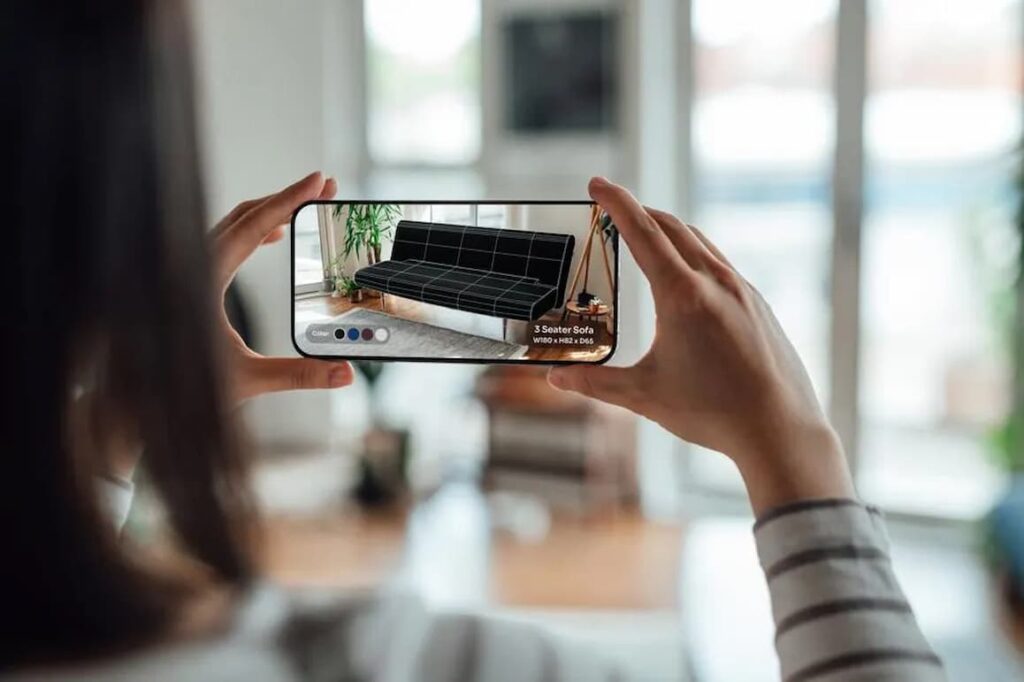
2. Interactive Digital Displays:
Implementing interactive digital displays, touchscreens, or even gesture-controlled interfaces that allow customers to explore product information, customization options, or even place orders on the spot.
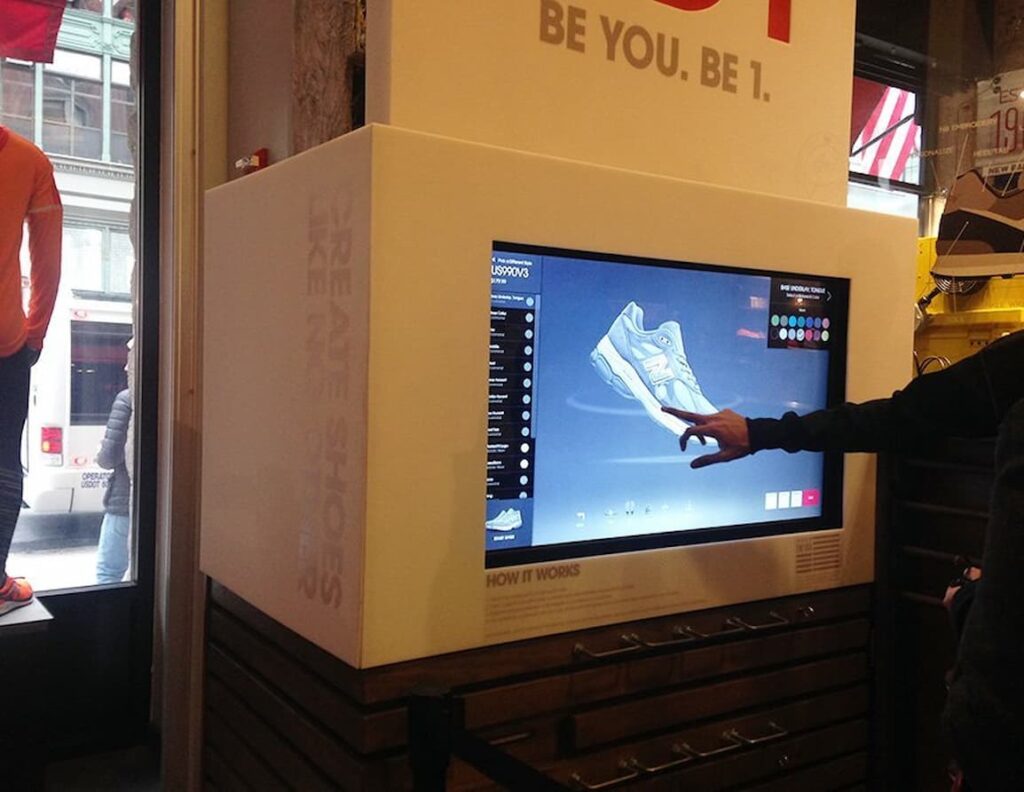
3. Product Sampling Campaigns:
Giving consumers the opportunity to sample products in the comfort of their own homes before making a purchase decision. Offering product samples is an effective way to introduce consumers to new products and generate buzz. This can involve sending trial-sized samples, subscription boxes, or even full-sized products with the option to return or purchase after trying them out.
Product sampling at home allows brands to reach consumers directly, fostering product trial and engagement without the need for a physical retail presence. It's particularly effective for industries like beauty, food, and consumer packaged goods, where hands-on experience with the product is crucial in the decision-making process.
Platforms like Peekage enable brands to conduct targeted product sampling campaigns, allowing them to reach specific demographics and actionable consumer insights and gather valuable feedback from consumers.
4. Experiential Zones:
Creating dedicated in-store "experience zones" or pop-up installations that transport customers into themed environments, allowing them to fully immerse themselves in the brand's storytelling and product showcases. These pop-ups offer a unique opportunity for brands to engage directly with their target audience in a memorable and interactive way.
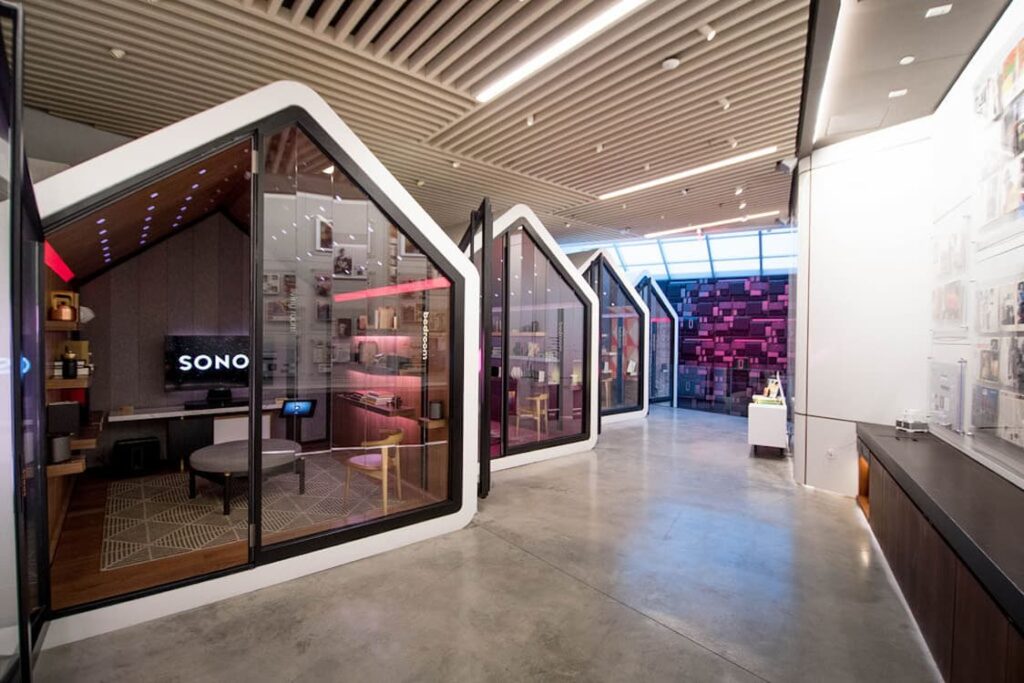
5. Gamification and Contests:
Integrating gamification elements, such as challenges, quizzes, or contests, into the retail activation, tapping into consumers' competitive nature and rewarding engagement with prizes or discounts.
6. In-Store Events and Workshops:
Hosting in-store events and workshops allows brands to connect with consumers on a more personal level while providing valuable education and entertainment. Whether it's a cooking demonstration, fitness class, or DIY workshop, these events offer an opportunity for brands to showcase their products in action and build relationships with customers.
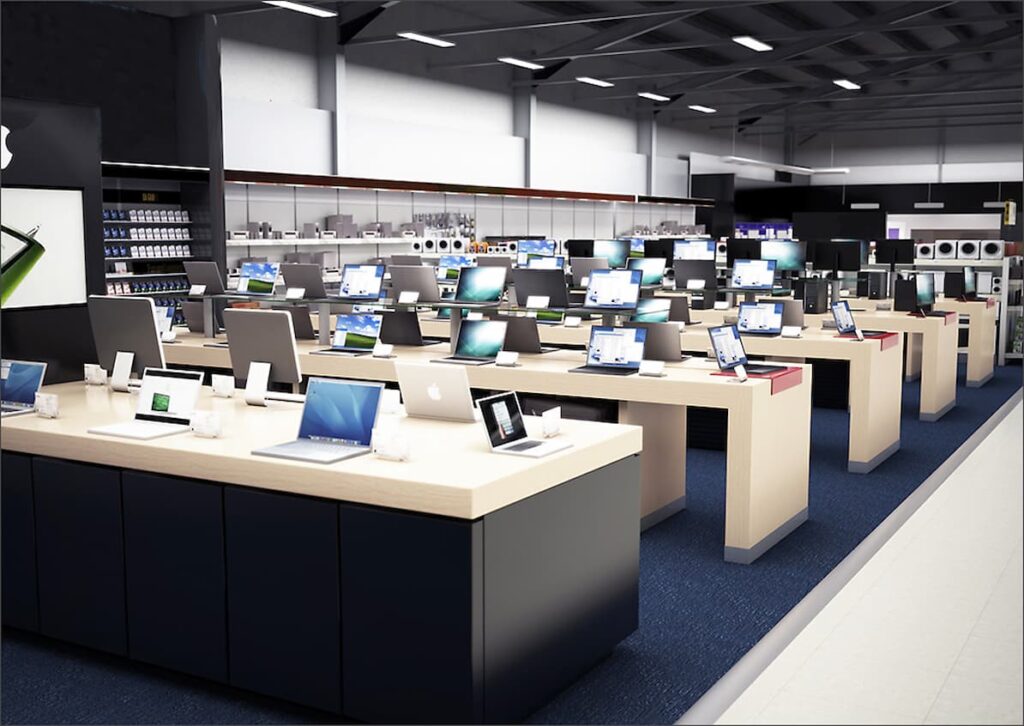
By incorporating innovative strategies like these, brands can create truly memorable and impactful retail activations that resonate with modern shoppers and drive brand engagement, loyalty, and ultimately, sales.
Crafting an Effective Retail Activation Strategy
Now that we've established the importance of retail activation, let's dive into some key considerations for crafting an effective strategy:
a) Define Your Objectives
Before you embark on a retail activation campaign, it's crucial to define your specific objectives. Are you aiming to increase brand awareness, drive product trials, or boost sales of a particular product line? Your objectives will shape the direction of your strategy and help you measure its success.
b) Know Your Target Audience
Effective retail activation is all about resonating with your target audience. Take the time to understand their preferences, shopping behaviors, and what motivates them to engage with brands. This insight will inform the design of your activation campaign and ensure that it resonates with your desired consumer segment.
c) Choose the Right Retail Partners
Not all retail environments are created equal. Carefully select the retail partners that align with your target audience and brand image. Consider factors such as store location, foot traffic, and the overall shopping experience.
d) Create an Immersive Experience
Retail activation is about more than just placing a product on a shelf. It's about creating an immersive and interactive experience that captivates shoppers and encourages them to engage with your brand. As mentioned above, consider incorporating elements such as:
- Interactive displays
- Product demonstrations
- Sampling opportunities
- Augmented reality experiences
- Social media integration
The key is to create an experience that is both memorable and shareable, encouraging word-of-mouth and social media buzz.
e) Measure and Optimize
As with any marketing campaign, it's essential to measure the success of your retail activation efforts. Track key metrics such as sales lift, brand awareness, and consumer engagement. Use this data to refine and optimize your strategy for future campaigns, ensuring that you're consistently delivering a compelling and effective retail experience.
Creating Memorable Brand Experiences
One of the key goals of retail activation is to create memorable brand experiences that leave a lasting impression on consumers. By crafting immersive and engaging activations, brands can forge emotional connections with their audience and foster brand loyalty. Some strategies to create memorable brand experiences through retail activation include:
- Leveraging Storytelling: Weave your brand's story and values into the activation experience, allowing consumers to connect with your brand on a deeper level.
- Incorporating Sensory Elements: Engage multiple senses through visual displays, interactive audio, or even scent marketing to create a truly immersive experience.
- Encouraging Social Sharing: Design shareable moments and photo opportunities that encourage consumers to capture and share their experiences on social media, amplifying your brand's reach.
- Personalization: Offer personalized elements or customization options that make the experience feel unique and tailored to each individual consumer.
- Surprise and Delight: Incorporate unexpected or delightful elements that create a sense of wonder and surprise, leaving a lasting impression on consumers.
By crafting memorable brand experiences through retail activation, brands can differentiate themselves from competitors and foster long-lasting relationships with their target audience.
Real-World Examples of Retail Activation
To bring these concepts to life, let's explore a real-world example of a brand that has nailed retail activation:
Coca-Cola's Share a Coke campaign:
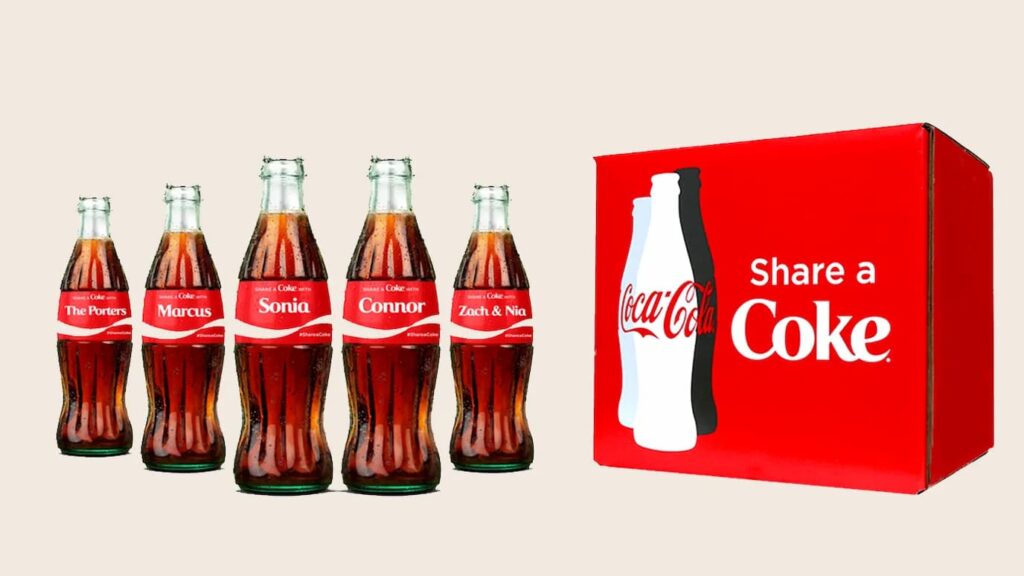
Coca-Cola's "Share a Coke" campaign was a hugely successful retail activation that launched in 2014. The campaign replaced the iconic Coca-Cola script on bottles and cans with popular names and nicknames, encouraging consumers to share a personalized Coke with friends and family.
The campaign went beyond just product packaging, with Coca-Cola creating interactive displays and personalization stations in retail stores. Consumers could visit these stations and print their names or personal messages onto Coke bottles, creating a unique and shareable experience.
The campaign was a massive success, generating significant social media buzz and driving sales. According to Coca-Cola, the campaign resulted in a 2.5% increase in U.S. sales in 2014, and the company distributed over 800 million personalized bottles and cans.
Conclusion
In today's competitive retail landscape, brands must continuously innovate and adapt to meet the evolving needs and preferences of consumers. Retail activation offers a powerful way for brands to cut through the noise and create meaningful connections with their target audience. By embracing innovative strategies and leveraging platforms like Peekage, brands can unlock new opportunities for growth and success in the retail space.
So, whether you're a well-established brand or a newcomer to the retail scene, embracing retail activation is a guaranteed way to stand out, engage with your audience, and drive long-term success in the ever-changing world of retail.
FAQs
1. What does sales activation mean?
Sales activation refers to strategies or activities aimed at stimulating immediate purchases or actions from potential customers.
2. How to do in-store activation?
In-store activation involves implementing promotional activities within physical retail locations to engage customers and drive sales. This can include things like product demonstrations, special offers, interactive displays, or in-store events.
3. What is local activation in marketing?
Local activation in marketing involves tailoring marketing strategies and campaigns to specific geographic regions or local communities. This can include localized advertising, sponsorships of community events, partnerships with local businesses, or targeted promotions designed to resonate with the preferences and interests of a particular area.
4. What is a brand activation?
Brand activation refers to the process of bringing a brand to life and creating experiences that engage and connect with consumers on a personal level. It involves strategies and campaigns designed to increase brand awareness, drive engagement, and foster brand loyalty through various channels such as events, social media, experiential marketing, and promotional activities.
5. What is an activation strategy?
An activation strategy is a plan or approach designed to effectively implement marketing initiatives or campaigns with the goal of achieving specific objectives such as increasing sales, driving brand awareness, or engaging target audiences. It typically involves identifying target markets, selecting appropriate channels and tactics, setting measurable goals, and implementing tactics to achieve those goals.
References
- AR & VR in Retail Industry: How Brands Can Benefit from Immersive Technologies, Smart Tek Solutions,
https://smarttek.solutions/blog/how-immersive-technologies-transform-retail-business/ - Interactive Retail: 5 Ways Brands are Transforming the In-Store Experience, Bridge Water Studio,
https://www.bridgewaterstudio.net/blog/interactive-retail - Marketing Entrepreneurship Business Blog For SMB'S, Marketing Eye,
https://www.marketingeye.com.au/marketing-blog/the-rise-of-experiential-marketing-creating-memorable-brand-experiences-for-consumers.html - New Technology Opens Up A New World of Interactive Retail Displays, Blue Water Tech,
https://bluewatertech.com/new-technology-opens-up-a-new-world-of-interactive-retail-displays/ - In-Store Brand Activation: Successful Campaigns Include 4 Elements, The Look Company,
https://thelookcompany.com/blog/in-store-brand-activation-elements-for-successful-campaigns - Brand value creation: Analysis of the Interbrand-Business Week brand value rankings, Springer Link,
https://link.springer.com/article/10.1007/s11002-006-9407-6
